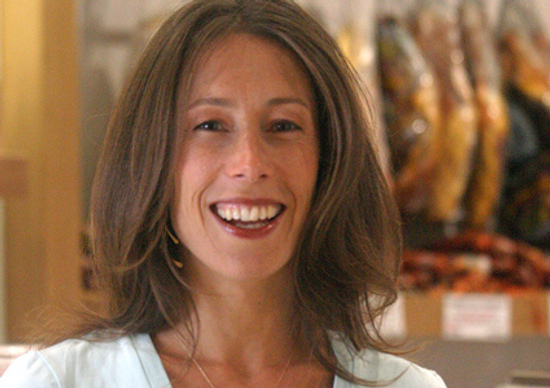
Nina Planck wrote the book on Real Food. Literally. Many people read Michael Pollan’s The Omnivore’s Dilemma (a FoodRenegade Must Read) and wondered: now what?
They still didn’t know what to eat. They only knew that they wanted to opt out of the industrialized food system in favor of something more sustainable, ethical, and nutritious. Nina Planck’s book Real Food: What to Eat and Why answered those questions.
And tomorrow her newest book — Real Food For Mother And Baby — will officially go on sale. Nina graciously agreed to do an interview with me and give me the inside scoop.
FR: What’s your food heritage? What was it like eating in your home growing up?
Nina: My mother raised us on real food, plain old American-style. Meat, vegetables, whole grains, real milk and cheese. She read Adelle Davis and she believed in whole foods. We made our own bread and granola. We had desserts, but not often, and only real desserts with good ingredients and never, ever, too much sugar. My mother used to say, ‘No matter how poor we are, we’ll always have real butter, olive oil, and maple syrup.’
FR: How did you decide to become a vegan, and what made you change your mind about veganism?
Nina: When I was in high school and college the nutritional advice was very clear: eat more plants. Avoid animal foods and animal fats, especially saturated fats. Eat less fat. If that were true, I figured that no animal foods and no fats would be the best diet of all. I ate a clean vegan diet – lots of fruit, vegetables, whole grains, and (a little) olive oil. I ran 6 miles a day, 6 days a week. And my reward for this virtuous diet? I was 20 pounds heavier than I am now and struggled constantly with my weight. I got colds and flu in colds and flu season. I was moody and irritable once a month. My nails were brittle and my skin was dry. My digestion was poor. Since I became a conscientious omnivore, all those symptoms have disappeared. I keep my weight easily eating meat, dairy, and fat to appetite– and (always) lots of fruit and vegetables.
FR: What’s your definition of “Real Food”?
Nina: It’s old and it’s traditional. How old? Grass-fed beef and wild salmon are two to three million years old – in the human and prehuman diet, that is. Milk is about 30,000 years old – 10,000 at the very least. We’ve been making cheese and yogurt the same way for several thousand years. Corn syrup appears (in large quantities) in the 1970s. Not old. By traditional I mean it’s been farmed or raised and processed pretty much the way it used to be. Grass-fed beef, not soy-stuffed, hormone-laden beef. A whole egg, not a pasteurized egg-white only liquid. And real food, of course, is real. I’m for butter, not corn oil pretending to be butter. Real food is never an imitation of something else.
FR: Why do you feel Real Food is under attack?
Nina: Amnesia. No one remembers how we used to eat.
FR: How do you recommend we Fight Back?
Nina: It’s very simple. Pick something you know you can do. For example, consider avoiding industrial corn in all its forms: corn-fed beef, corn oil, and corn syrup. You’d be surprised at how much junk food you’ll stop eating.
FR: What advice do you have for people who argue that eating Real Food takes up too much time or energy?
Nina: No energy to shop or cook and eat = no energy for life. We don’t spend all day and all week with shopping, menu-planning, and cooking. We are not foodies. We eat a lot of roast chicken and veg. Today for lunch I had leftover salmon (baked with garlic, butter, and a spoonful of white wine, a ten-minute dish), chicken stock (with grated horseradish I happened to have), and crème fraîche with maple syrup for dessert. How simple are these dishes? How basic are the ingredients? How long did it take me to cook them in the first place and ‘make’ them for lunch? Minutes.
FR: Do you eat out? If so, how does your food philosophy affect your choices?
Nina: Rob and I do eat out, and we enjoy it. Sometimes I just don’t worry. I’m pregnant with twins, and we were in a few airports when I needed to eat a lot and often to stay sane. I picked the best foods I could. Not great. But not donuts. When we have more choices, we eat (mostly) at restaurants serving ecological real food. I don’t enjoy resorting to the farmed salmon or ordinary beef, but it happens. I’d rather eat ordinary real food – beef, chicken, milk – than imitations and fakes and white sugar and corn oil.
FR: You have a new book coming out in April on Real Food nutrition for fertility, pregnancy, and baby’s first foods. What inspired you to write the book?
Nina: Our son Julian! I found the advice about prenatal care and diet spattered with myths and misunderstandings. I found we’d forgotten the traditional diets of our past – fertility diets, for example, were common. Instead of taking a folic acid pill, our maternal ancestors ate wild fish roe, fatty crabs, and grass-fed butter when they wanted to get pregnant and were pregnant.
FR: You’ve earned a reputation as a food renegade thanks to quite a few controversial stands you take concerning raw milk, saturated fats & cholesterol in the diet, and even veganism. What’s the most controversial thing you argue for in your new book?\r\n
Nina: Everything I recommend is based on tradition and science. Once all milk was raw. Pregnant women didn’t avoid it and they didn’t avoid raw fish and raw milk cheese. The foods aren’t inherently bad. What’s wrong is the food supply. That’s where we need reform. We need safe foods – whether they are industrial or traditional. Women think (because the OBs tell them) that swelling is a normal part of pregnancy or that it’s caused by eating too much salt. But the real cause in most cases is lack of protein. No poor person the world over would choose beans and rice instead of a piece of chicken if she could get it. Protein is just too valuable. You can’t build a baby without it. If people think nursing your baby until he’s two (or older) is strange, they need only examine their own culture. The world average for weaning is four years or so.
FR: Are you hopeful about the future of food in the U.S.?
Nina: Everything I care about is growing – ecological foods, raw milk creameries, grass-fed beef, the return of coconut oil to baked goods and snacks and candies, hey, even midwifery and home birth. How could I fail to feel hopeful?
 |

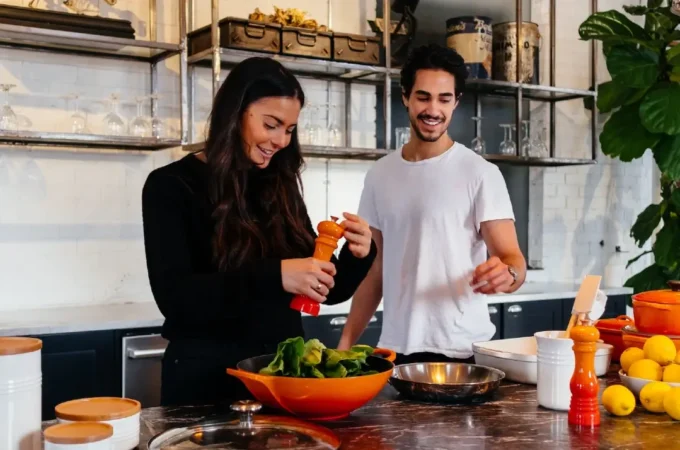

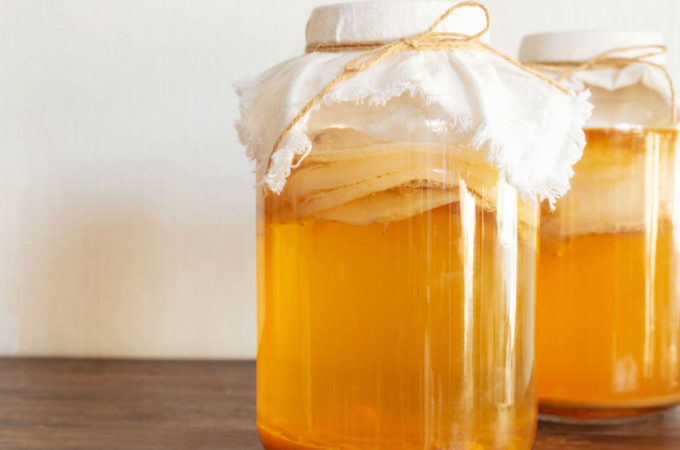
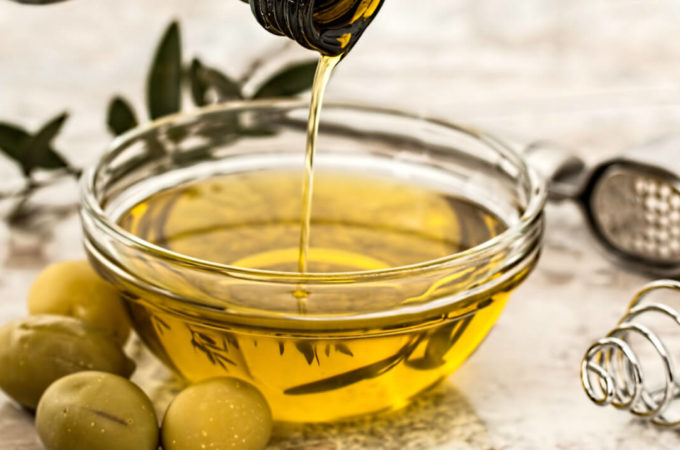
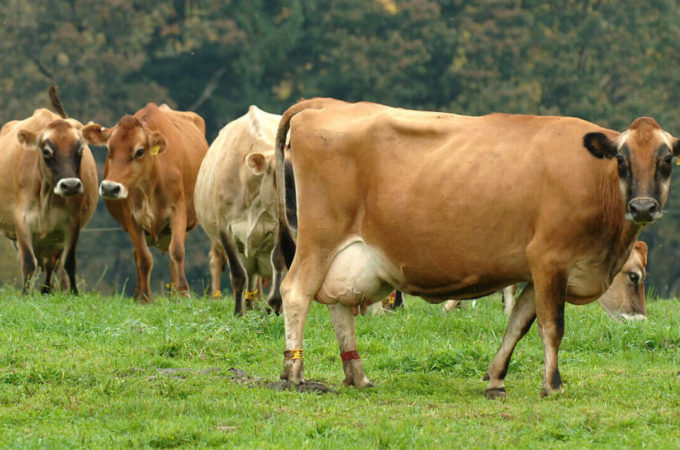
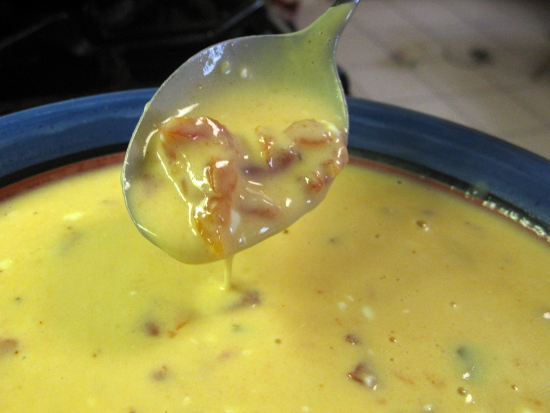
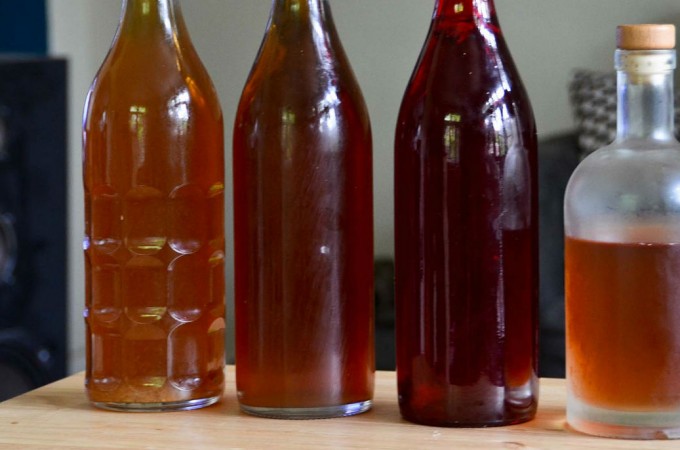
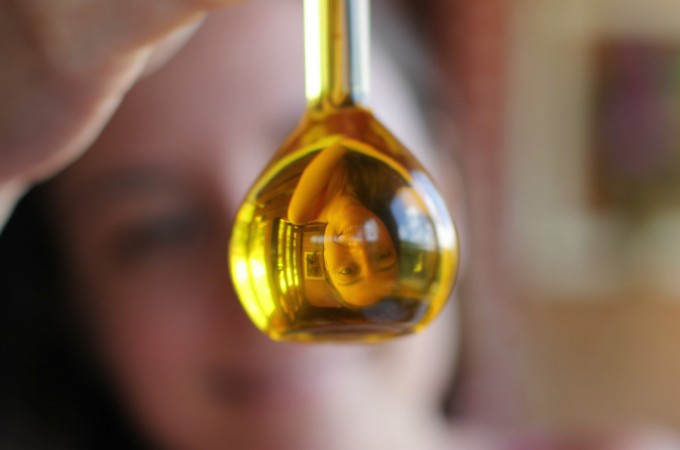
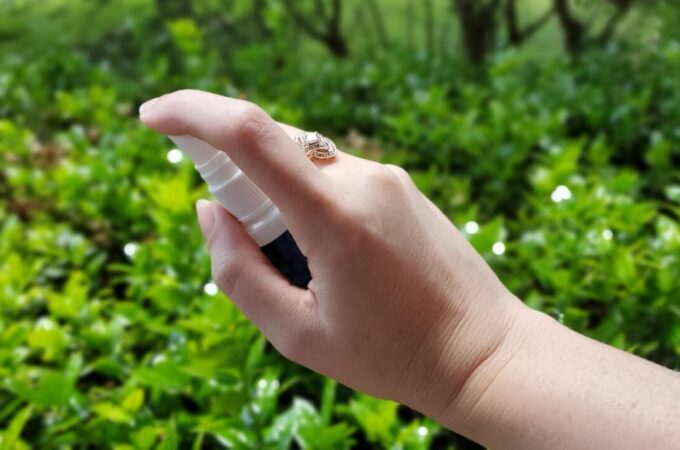
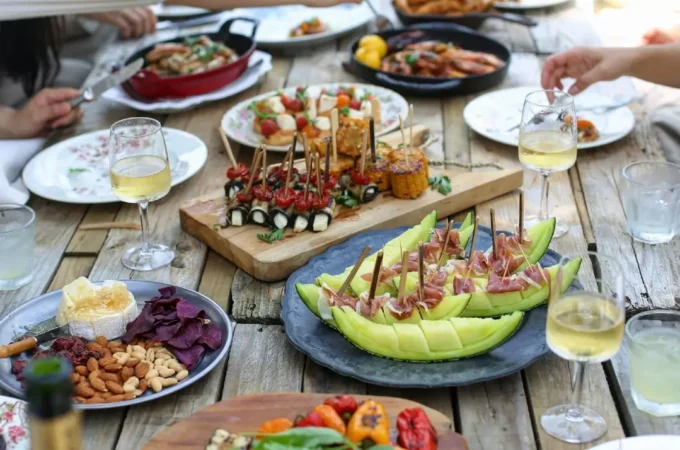
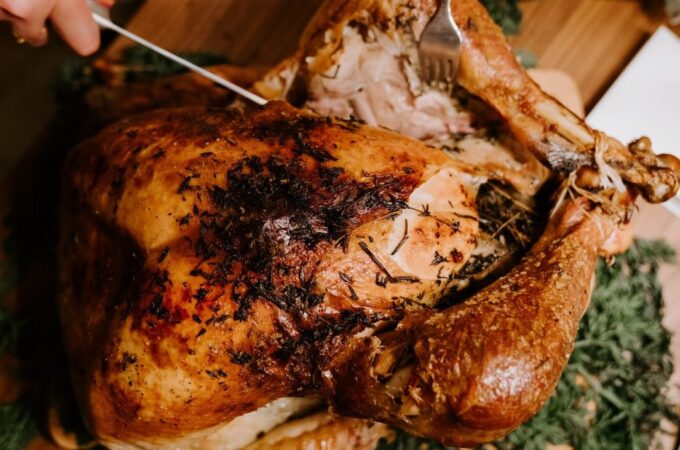

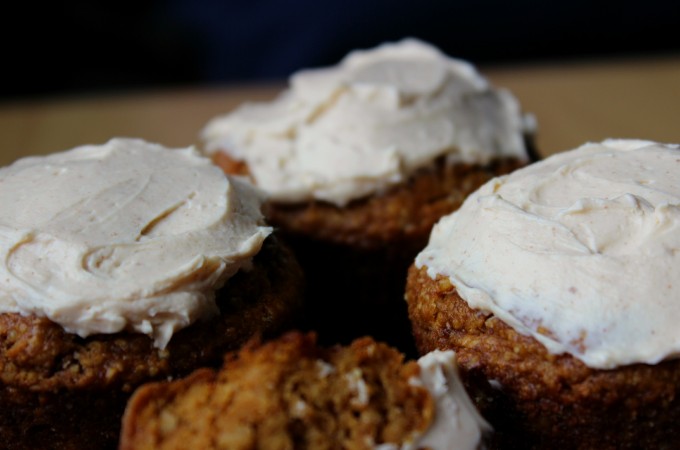
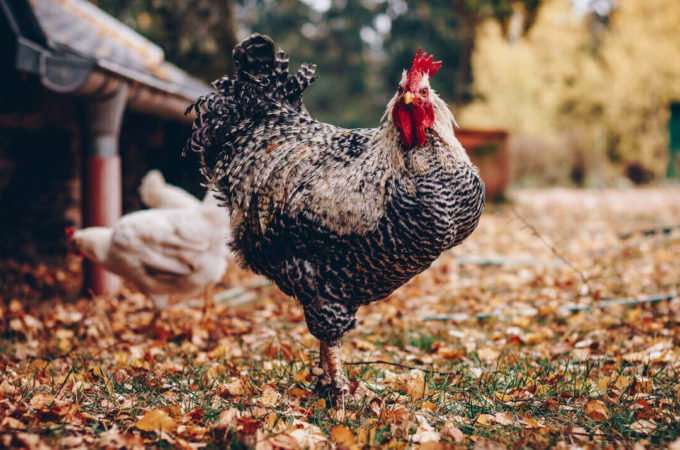
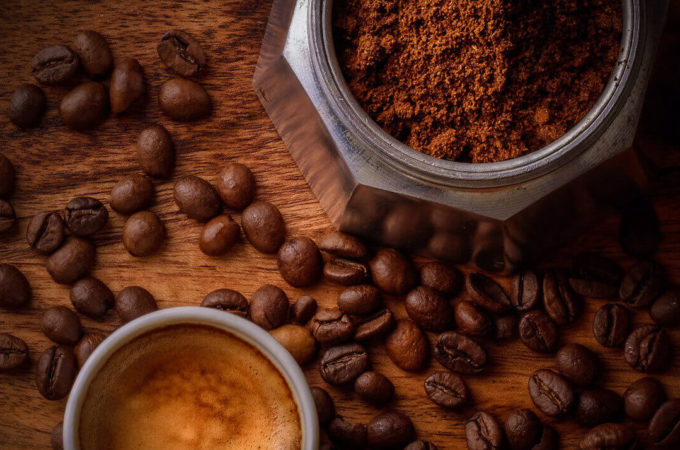
What a fantastic interview! I love how being vegan didn’t work for her and she embraced that.
healthy ashley
her new book is fabulous and I happen to be giving away 3 copies :).
Shannon
Healthy Ashley — Me too! She’s a living example of what I talk about all the time: We need to eat good fat, particularly animal fats, to be fit & healthy.
Shannon — I realized that after I put the post up! I’ll go back and edit it to send others your way.
GREAT interview!!!
Real food….it’s so simple……sometimes I guess simple is to simple for people to understand.
Marc
Marc Feel Good Eating
Wow. Congratulations on landing such a great interview!
Excellent interview! I love her attitude and philosophy. Thanks for sharing about the book. It is going on my must-read list!
Lori
Marc, Kelsey, & Lori — Glad you appreciated the interview.
This is a great interview! Thank you!
Michelle @ Find Your Balance
Great interview! I enjoyed her first book a lot and I am sure I will enjoy her second as well. Cheers!
Kimi @ The Nourishing Gourmet
Great interview (woo hoo!!!!, I didnt know Nina was down for midwives, homebirth and extended breastfeeding, YES!!!!!!!!!!!! *pumps fist*)!!
Excellent interview! I’m so excited about her new book.
Jenny
Tamara — If I’m not mistaken, Nina’s even into infant potty training (AKA “going diaper free” or “elimination communication”)!
Kimi & Jenny — I’m about 3/4 of the way through my copy and hope to post a thorough review soon. So, keep your eyes peeled!
It is a “nice” interview. But you never asked what made her and authority in this area to write a book and give advice to others about how to eat. We can all presume we know a lot of information. That doesn’t mean that I would put out my shingle and present myself as an expert. I have not been able to find what Ms. Planks education or areas of expertise are at all. Her book looks good, who is she?
Nina’s book, “Real Food” changed how I ate, and changed my health. I have a similar eating history and completely turned everything around after reading her book. Several chronic health problems are no longer problems. My weight dropped too. My hair grew back and I don’t need skin lotions anymore as my skin is soft. I eat almost 100% organic and non-GMO. Raw milk, raw milk cheeses, grass fed organic beef, organic chicken, wild caught fish, and plenty of vegetables and fruits are all the cornerstones of my diet.